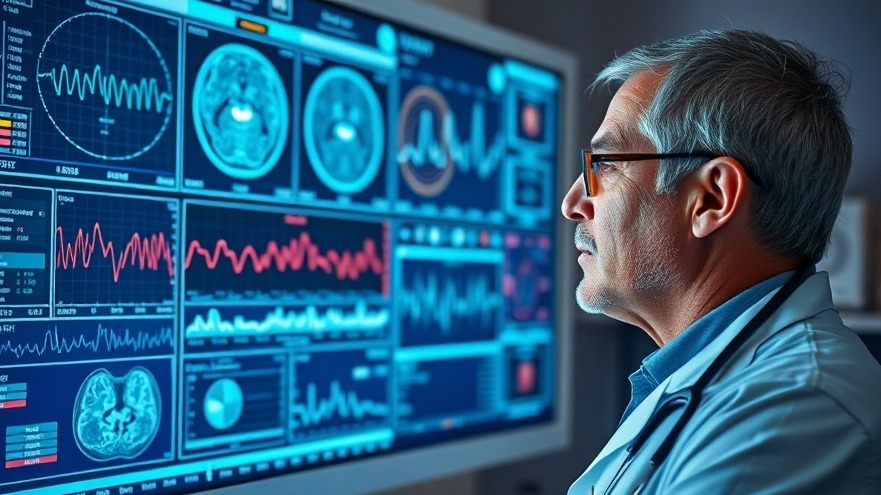
Revolutionizing Liver Disease Research: A Groundbreaking Model
In the vast realm of medical research, the liver poses a significant challenge due to its intricate structure and the vital functions it performs. The recent development of an innovative model known as the "periportal assembloid" marks a pivotal advancement in our understanding of liver disease, particularly cholestatic liver injury and biliary fibrosis. This model creates an authentic representation of the liver's periportal region, where bile transport is initiated—a crucial area often compromised in various liver diseases.
Historical Context: The Challenge of Liver Models
For years, researchers struggled to replicate the liver's complex architecture in laboratory settings. Traditional models, primarily focusing on single cell types, lacked the necessary cellular interactions and structural integrity observed in the human liver. As a result, the study of liver diseases was severely limited, hindering progress in developing effective treatments. The groundwork for today's revolutionary periportal assembloid began in 2021, when the team from the Max Planck Institute, led by Meritxell Huch, first explored dual-cell organoid models.
Significance of the Periportal Assembloid
The periportal assembloid integrates crucial cell types—adult cholangiocytes, liver mesenchymal cells, and the pivotal hepatocytes—into a cohesive model. This multi-cellular approach not only allows for accurate modeling of the periportal architecture but also simulates how liver diseases like cholestasis develop. Notably, hepatocytes, the predominant liver cells responsible for key functions such as detoxification and bile production, play a vital role in the organoid's functionality.
Practical Insights: What This Means for Health Practitioners
For concierge health practitioners keen on staying ahead, understanding this model is essential. With liver diseases being a major concern for many patients, the ability to replicate liver pathology in a lab setting means faster and more efficient testing for potential therapies. Furthermore, insights derived from the periportal assembloid could lead to personalized medicine approaches, allowing practitioners to tailor treatments based on individual liver conditions.
Future Predictions: The Path Forward
Looking ahead, the implications of the periportal assembloid extend beyond liver disease research. As methodologies for constructing organoids improve, we may see the development of even more complex tissue models that can replicate other organs. This could revolutionize drug testing and disease understanding across various fields in medicine.
Counterarguments: The Limitations of Models
While models like the periportal assembloid represent substantial progress, it is important to acknowledge their limitations. Although they mimic some aspects of liver architecture and function, they cannot fully capture the dynamic interactions and environmental influences present in vivo. Researchers must continue to work toward refining these models to include more variables and complexities present in the human body.
Actionable Insights: Engage and Advise Your Patients
For health practitioners, it is vital to stay informed about these advancements. Engaging with patients about the latest research can empower them with knowledge about the potential for innovative therapies. Additionally, practices can leverage these insights by evaluating how they might incorporate research into their treatment protocols and patient care strategies.
Conclusion: Embracing the Future of Liver Health
The emergence of the periportal assembloid not only signifies a leap forward in liver disease research but also emphasizes the importance of interdisciplinary collaboration in scientific inquiry. By bridging technology with medicine, practitioners can look forward to enhanced treatment options in the future. It is essential for health professionals to stay abreast of such developments to ultimately provide the best care for their patients.
 Add Row
Add Row  Add
Add 






Write A Comment